Gold Nanoparticles With Special Shapes: Controlled Synthesis, Surface-enhanced Raman Scattering, and The Application in Biodetection
Abstract
:1. Introduction
2. Results and Discussion
2.1. TEM and HRTEM characterization of Au colloids with hexagon and boot shapes
2.2. UV-visible absorption property of different-shaped gold nanoparticles
2.3. SERS property of different-shaped gold nanoparticles
2.4. Real-time determination of avidin by SERS
3. Experimental Section
3.1. Reagents and materials
3.2. Preparation of gold nanoparticles with different shapes
3.3. Real-time determination of avidin molecules
3.5. Instruments
4. Conclusion
Acknowledgments
References and Notes
- Jin, R. C.; Cao, Y. W.; Mirkin, C. A.; Kelly, K. L.; Schatz, G. C.; Zheng, J. G. Photoinduced conversion of silver nanospheres to nanoprisms. Science 2001, 294, 1901–1903. [Google Scholar]
- El-Sayed, M. A. Some interesting properties of metals confined in time and nanometer space of different shapes. Acc. Chem. Res. 2001, 34, 257–264. [Google Scholar]
- Wang, Z. P.; Hu, J. Q.; Jin, Y.; Yao, X.; Li, J. H. In situ amplified chemiluminescent detection of DNA and immunoassay of IgG using special-shaped gold nanoparticles as label. Clin. Chem. 2006, 52, 1958–1961. [Google Scholar]
- Yu, L.; Banerjee, I. A.; Matsui, H. Direct growth of shape-controlled nanocrystals on nanotubes via biological recognition. J. Am. Chem. Soc. 2003, 125, 14837–14840. [Google Scholar]
- Penn, S. G.; He, L.; Natan, M. J. Nanoparticles for bioanalysis. Curr. Opin. Chem. Biol. 2003, 7, 609–615. [Google Scholar]
- Turner, A. P. F. Biosensors--sense and sensitivity. Science 2000, 290, 1315–1317. [Google Scholar]
- Haes, A. J.; Van Duyne, R. P. A nanoscale optical biosensor: sensitivity and selectivity of an approach based on the localized surface plasmon resonance spectroscopy of triangular silver nanoparticles. J. Am. Chem. Soc. 2002, 124, 10596–10604. [Google Scholar]
- Wang, J. Nanomaterial-based amplified transduction of biomolecular interactions. Small 2005, 1, 1036–1043. [Google Scholar]
- Deng, F. J.; Yang, Y. Y.; Hwang, S.; Shon, Y. S.; Chen, S. W. Fullerene-functionalized gold nanoparticles: electrochemical and spectroscopic properties. Anal. Chem. 2004, 76, 6102–6107. [Google Scholar]
- Tsunoyama, H.; Sakurai, H.; Negishi, Y.; Tsukuda, T. Size-specific catalytic activity of polymer stabilized gold nanoclusters for aerobic alcohol oxidation in water. J. Am. Chem. Soc. 2005, 127, 9374–9375. [Google Scholar]
- Hu, J. Q.; Wen, Z. H.; Wang, Q.; Yao, X.; Zhang, Q.; Zhou, J. H.; Li, J. H. Controllable synthesis and enhanced electrochemical properties of multifunctional AucoreCo3O4shell nanocubes. J. Phys. Chem. B 2006, 110, 24305–24310. [Google Scholar]
- He, L.; Musick, M. D.; Nicewarner, S. R.; Salinas, F. G.; Benkovic, S. J.; Natan, M. J.; Keating, C. D. Colloidal Au-enhanced surface plasmon resonance for ultrasensitive detection of DNA hybridization. J. Am. Chem. Soc. 2000, 122, 9071–9077. [Google Scholar]
- Maxwell, D. J.; Taylor, J. R.; Nie, S. M. Self-assembled nanoparticle probes for recognition and detection of biomolecules. J. Am. Chem. Soc. 2002, 124, 9606–9612. [Google Scholar]
- Zhao, X. J.; Hilliard, L. R.; John Mechery, S.; Wang, Y. P.; Bagwe, R. P.; Jin, S. G.; Tan, W. H. A rapid bioassay for single bacterial cell quantitation using bioconjugated nanoparticles. P. Natl. Acad. Sci. USA 2004, 101, 15027–15032. [Google Scholar]
- Nath, N.; Chilkoti, A. Label-free biosensing by surface plasmon resonance of nanoparticles on glass: optimization of nanoparticle size. Anal. Chem. 2004, 76, 5370–5378. [Google Scholar]
- Orendorff, C. J.; Gole, A.; Sau, T. K.; Murphy, C. J. Surface-enhanced Raman spectroscopy of self-assembled monolayers: sandwich architecture and nanoparticle shape dependence. Anal. Chem. 2005, 77, 3261–3266. [Google Scholar]
- Derfus, A. M.; Chan, W. C. W.; Bhatia, S. N. Probing the cytotoxicity of semiconductor quantum dots. Nano Lett. 2004, 4, 11–18. [Google Scholar]
- Hu, J. Q.; Zhang, Y.; Liu, B.; Liu, J. X.; Zhou, H. H.; Xu, Y. F.; Jiang, Y. X.; Yang, Z. L.; Tian, Z. Q. Synthesis and properties of tadpole-shaped gold nanoparticles. J. Am. Chem. Soc. 2004, 26, 9470–9471. [Google Scholar]
- Link, S.; El-sayed, M. A. Spectral properties and relaxation dynamics of surface plasmon electronic oscillations in gold and silver nanodots and nanorods. J. Phys. Chem. B 1999, 103, 8410–8426. [Google Scholar]
- O'neal, P. D.; Cote, G. L.; Motamedi, M.; Chen, J.; Lin, W. C. Feasibility study using surface-enhanced Raman spectroscopy for the quantitative detection of excitatory amino acids (vol 8, pg 33, 2003). J. Biomed. Opt. 2003, 8, 316–316. [Google Scholar]
- Sulk, R.; Chan, C.; Guicheteau, J.; Gomez, C.; Heyns, J. B. B.; Corcoran, R.; Carron, K. Surface-enhanced Raman assays (SERA): Measurement of bilirubin and salicylate. J. Raman. Spectrosc. 1999, 30, 853–859. [Google Scholar]
- Hu, J. Q.; Chen, Q.; Xie, Z. X.; Han, G. B.; Wang, R. H.; Ren, B.; Zhang, Y.; Yang, Z. L.; Tian, Z. Q. A simple and effective route for the synthesis of crystalline silver nanorods and nanowires. Adv. Funct. Mater. 2004, 14, 183–189. [Google Scholar]
- Emory, S. R.; Haskins, W. E.; Nie, S. M. Direct observation of size-dependent optical enhancement in single metal nanoparticles. J. Am. Chem. Soc. 1998, 120, 8009–8010. [Google Scholar]
- Suzuki, M.; Niidome, Y.; Kuwahara, Y.; Terasaki, N.; Inoue, K.; Yamada, S. Surface-enhanced nonresonance Raman scattering from size- and morphology-controlled gold nanoparticle films. J. Phys. Chem. B 2004, 108, 11660–11665. [Google Scholar]
- Sharma, R. K.; Sharma, P.; Maitra, A. J. Size-dependent catalytic behavior of platinum nanoparticles on the hexacyanoferrate(III)/thiosulfate redox reaction. J. Colloid. Interface Sci. 2003, 265, 134–140. [Google Scholar]
- Zhang, Y.; Gu, C.; Schwartzberg, A. M.; Zhang, J. Z. Surface-enhanced Raman scattering sensor based on D-shaped fiber. Appl. Phys. Lett. 2005, 87. Art. No. 123105. [Google Scholar]
- Gersten, J.; Nitzan, A. Electromagnetic theory of enhanced Raman scattering by molecules adsorbed on rough surfaces. J. Chem. Phys. 1980, 73, 3023–3037. [Google Scholar]
- Ren, B.; Lin, X. F.; Yang, Z. L.; Liu, G. K.; Aroca, R. F.; Mao, B. W.; Tian, Z. Q. Surface-Enhanced Raman Scattering in the Ultraviolet Spectral Region: UV-SERS on rhodium and ruthenium electrodes. J. Am. Chem. Soc. 2003, 125, 9598–9599. [Google Scholar]
- Taylor, C. E.; Pemberton, J. E.; Goodman, G. G.; Schoenfisch, M. H. Surface enhancement factors for Ag and Au surfaces relative to Pt surfaces for monolayers of thiophenol. Appl. Spectrosc. 1999, 53, 1212–1221. [Google Scholar]
- Pieczonka, N. P. W.; Aroca, R. F. Inherent complexities of trace detection by surface-enhanced Raman scattering. Chem. Phys. Chem. 2005, 6, 2473–2484. [Google Scholar]
- Clarkson, J.; Sudworth, C.; Masca, S. I.; Batchelder, D. N.; Smith, D. A. Ultraviolet resonance Raman study of the avidin biotin complex. J. Raman. Spectrosc. 2000, 31, 373–375. [Google Scholar]
- Wang, L.; Yan, R.; Huo, Z.; Wang, L.; Zeng, J.; Bao, J.; Wang, X.; Peng, Q.; Li, Y. Fluorescence resonant energytransfer biosensor based on upconversion-luminescent nanoparticles. Angew. Chem. Inter. Ed. 2005, 44, 6054–6057. [Google Scholar]
- Dong, D.; Zheng, Dong.; Wang, F.-Q.; Yang, X.-Q.; Wang, N.; Li, Y.-G.; Guo, L.-H.; Cheng, J. Quantitative Photoelectrochemical Detection of Biological Affinity Reaction:Biotin-Avidin Interaction. Anal. Chem. 2004, 76, 499–501. [Google Scholar]
- Christophe, L.; Nicolas, H.; Thomas, R. W. Artificial metalloenzymes based on biotin-avidin technology for the enantioselective reduction of ketones by transfer hydrogenation. PNAS 2005, 102, 4683–4687. [Google Scholar]
- Dimitrijevic, N. M.; Saponjic, Z. V.; Rabatic, B. M.; Rajh, T. Assembly and charge transfer in hybrid TiO2 architectures using biotin-avidin as a connector. J. Am. Chem. Soc. 2005, 127, 1344–1345. [Google Scholar]
- Torreggiani, A.; Fini, G. Raman spectroscopic studies of ligand-protein interactions: the binding of biotin analogues by avidin. J. Raman. Spectrosc. 1998, 29, 229–236. [Google Scholar]
- Torreggiani, A.; Fagnano, C.; Fini, G. Involvement of lysine and tryptophan side-chains in the biotin-avidin interaction. J. Raman. Spectrosc. 1997, 28, 23–27. [Google Scholar]
- Honzatko, R. B.; Williams, R. W. Raman spectroscopy of avidin: secondary structure, disulfide conformation, and the environment of tyrosine. Biochem. 1982, 21, 6201–6205. [Google Scholar]
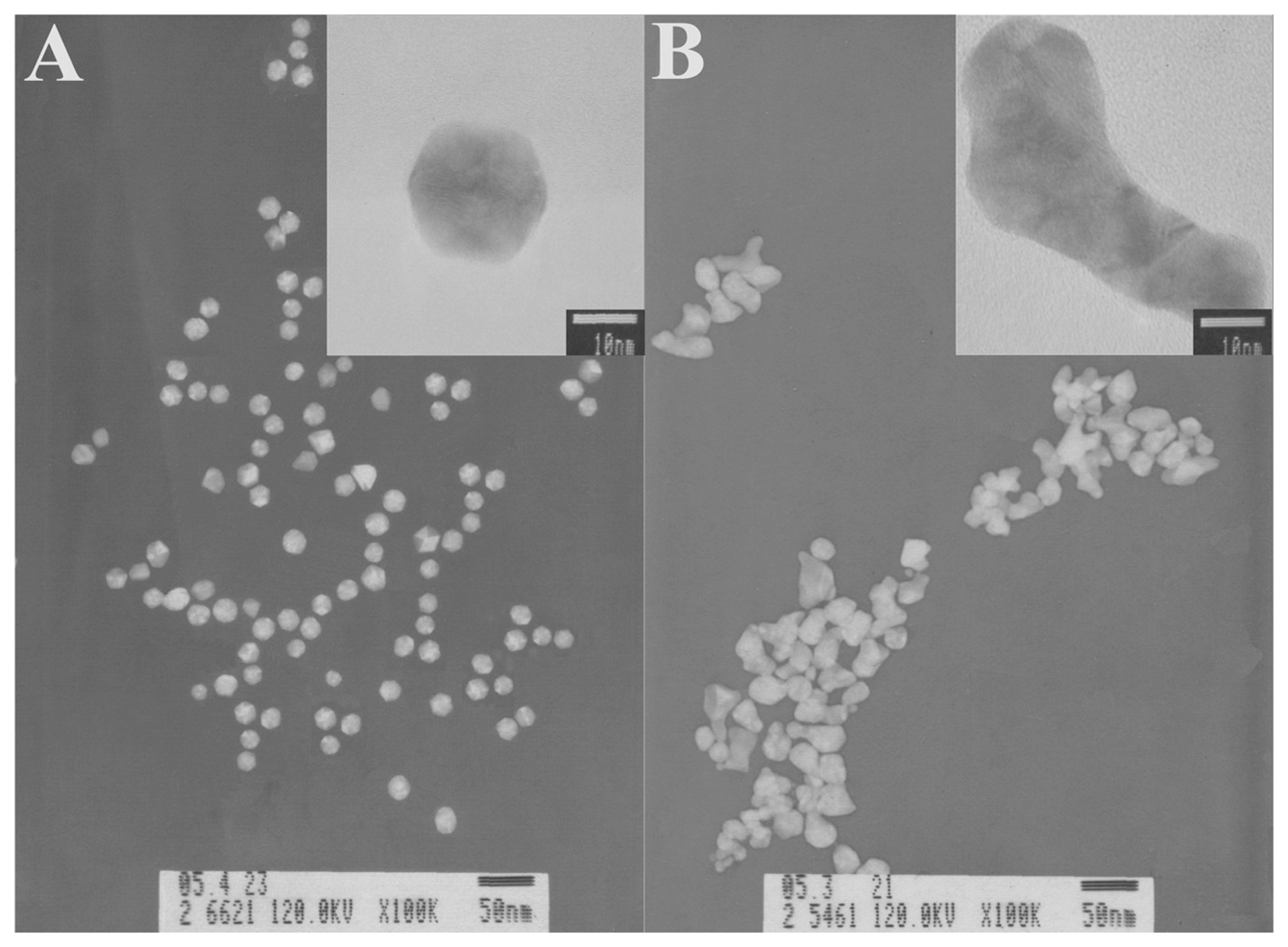
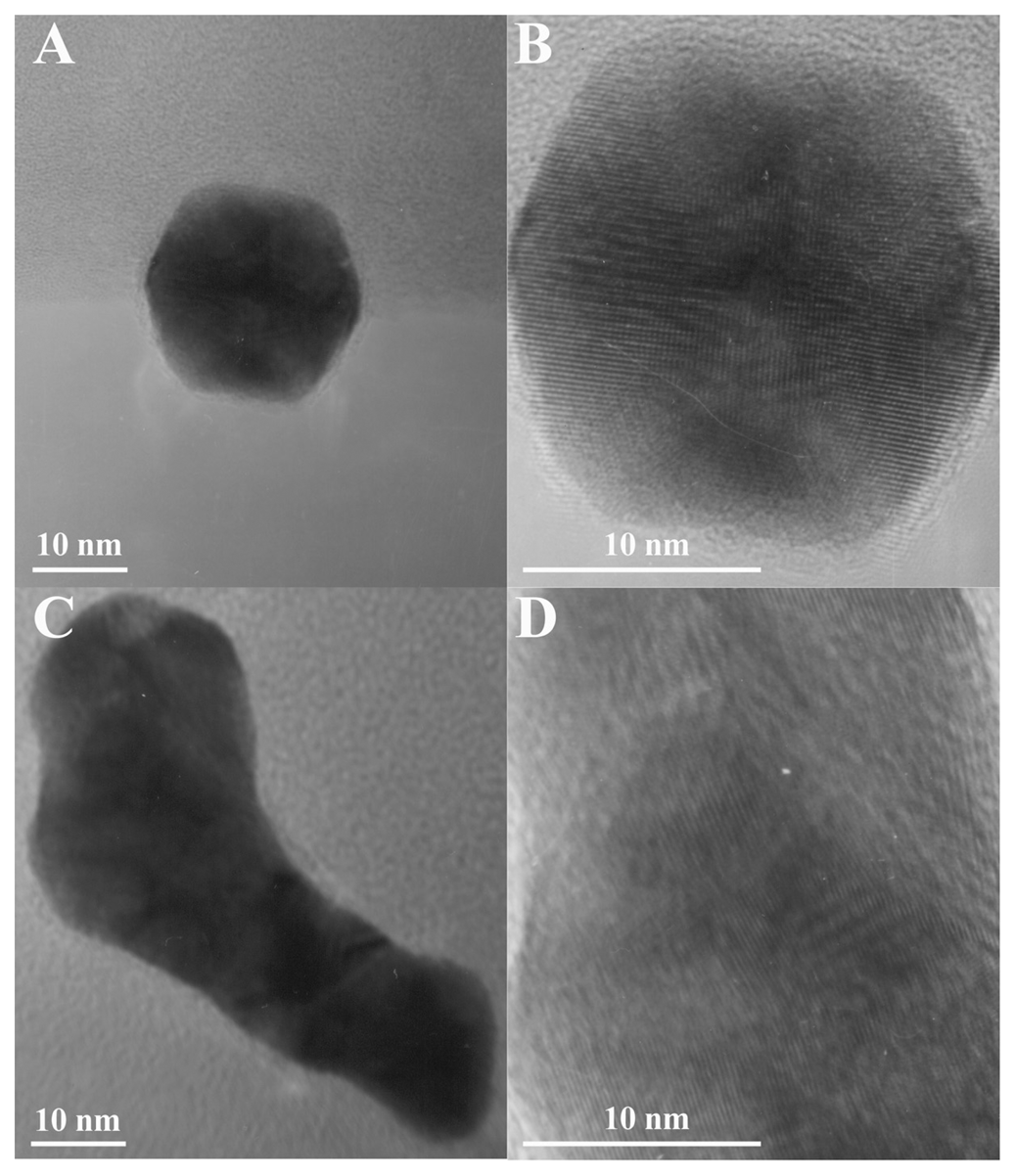
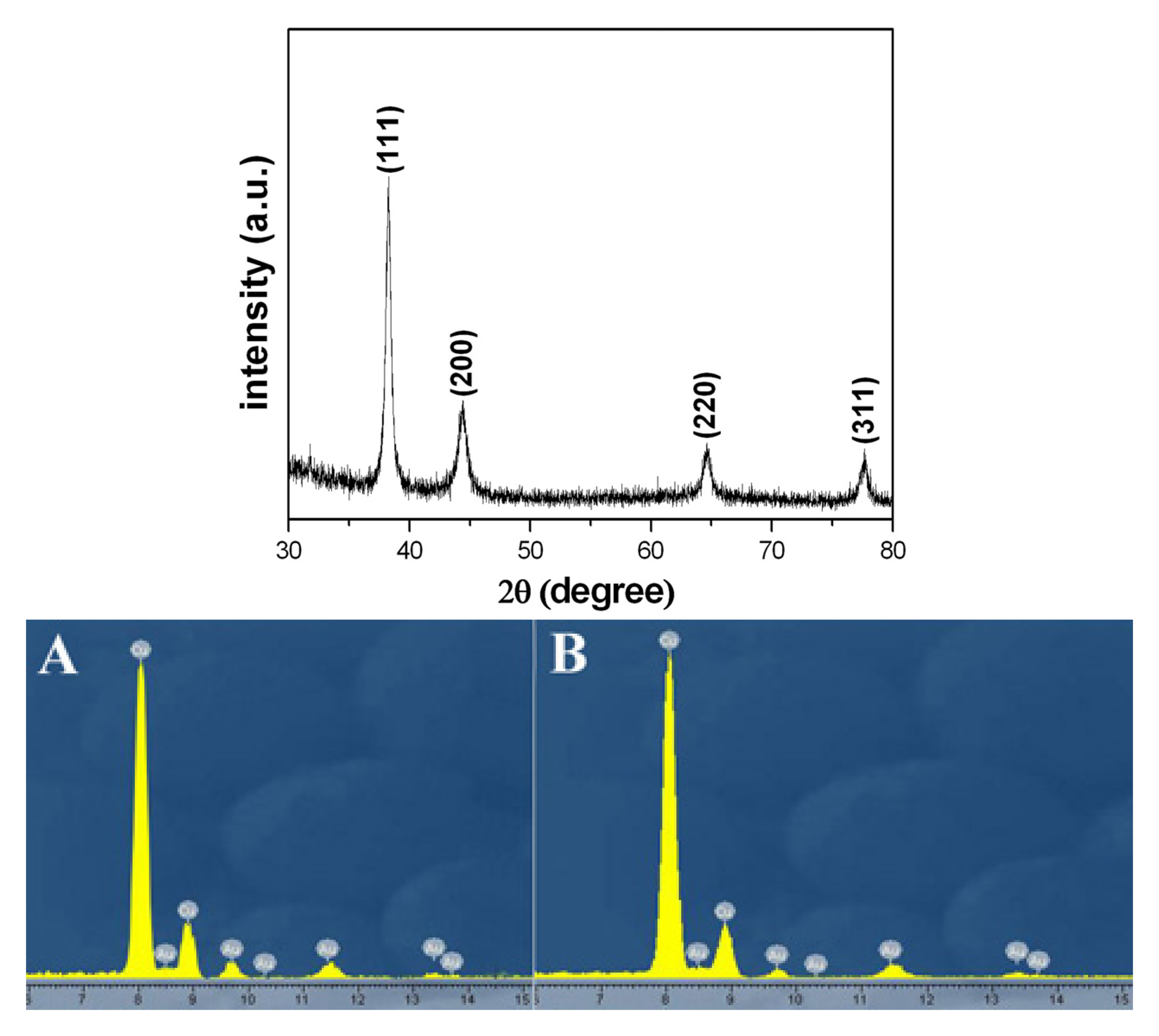

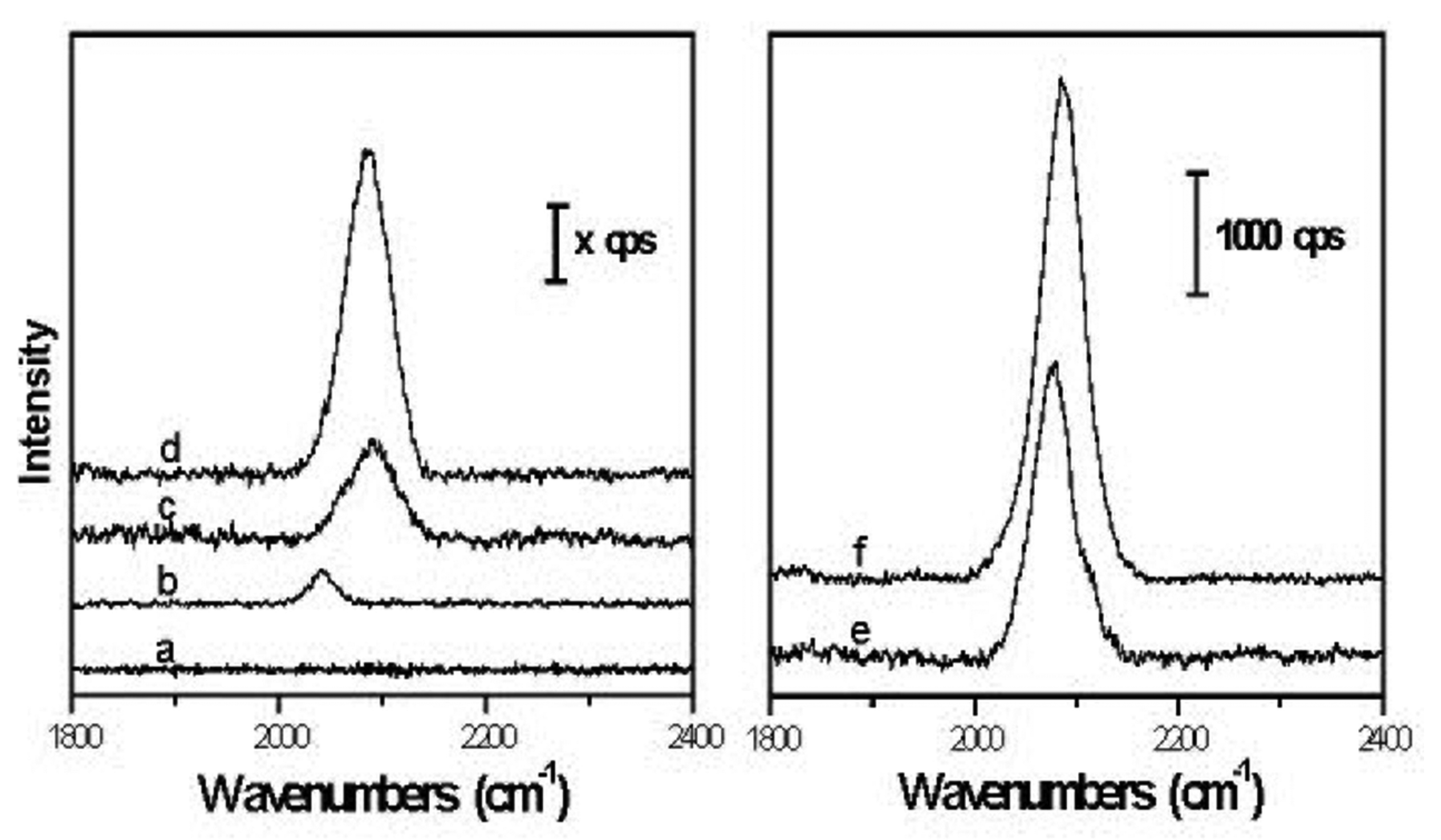

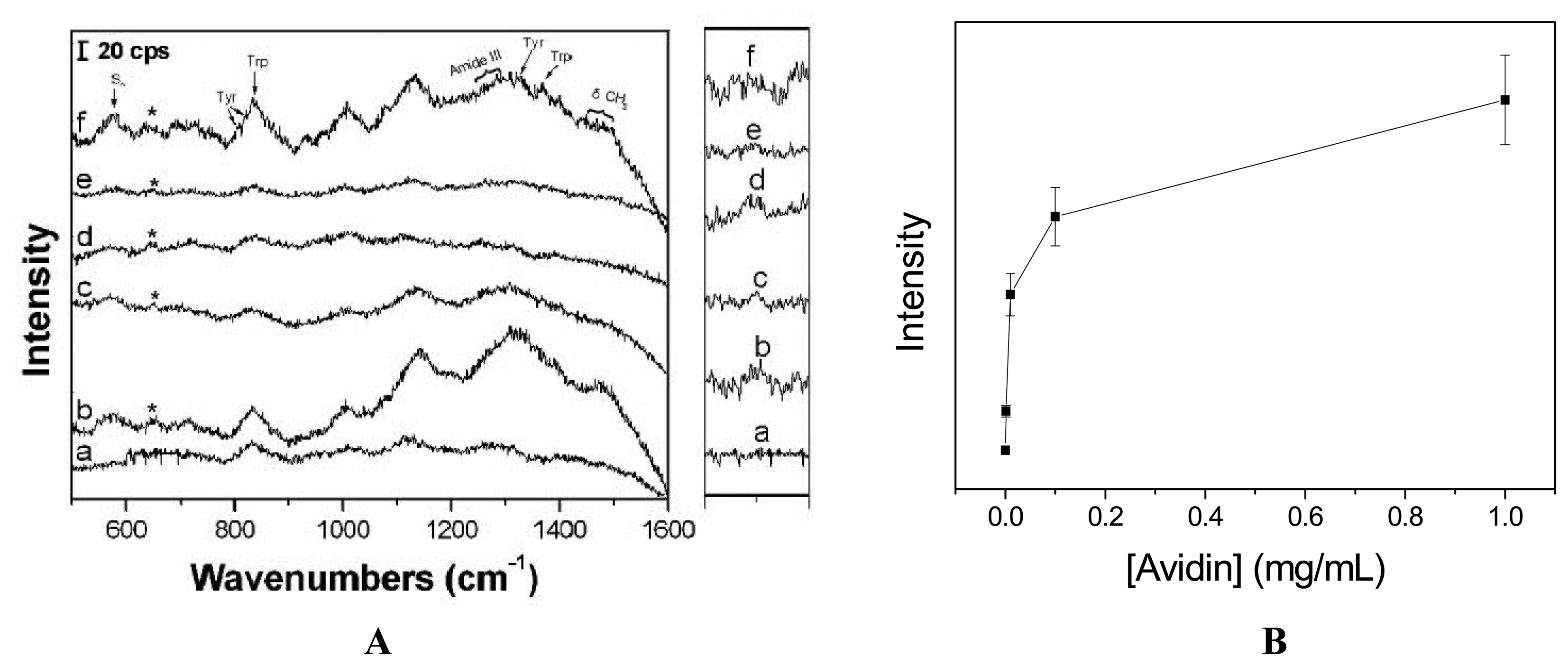
| Nanoparticle shape | EF* |
| Sphere | 1.26 ± 0.52 × 106 |
| Hexagon | 4.01 ± 0.97 × 106 |
| Tadpole | 2.45 ± 0.23 × 108 |
| Boot | 4.04 ± 0.33 × 108 |
© 2007 by MDPI ( http://www.mdpi.org). Reproduction is permitted for noncommercial purposes.
Share and Cite
Hu, J.; Wang, Z.; Li, J. Gold Nanoparticles With Special Shapes: Controlled Synthesis, Surface-enhanced Raman Scattering, and The Application in Biodetection. Sensors 2007, 7, 3299-3311. https://doi.org/10.3390/s7123299
Hu J, Wang Z, Li J. Gold Nanoparticles With Special Shapes: Controlled Synthesis, Surface-enhanced Raman Scattering, and The Application in Biodetection. Sensors. 2007; 7(12):3299-3311. https://doi.org/10.3390/s7123299
Chicago/Turabian StyleHu, Jianqiang, Zhouping Wang, and Jinghong Li. 2007. "Gold Nanoparticles With Special Shapes: Controlled Synthesis, Surface-enhanced Raman Scattering, and The Application in Biodetection" Sensors 7, no. 12: 3299-3311. https://doi.org/10.3390/s7123299




